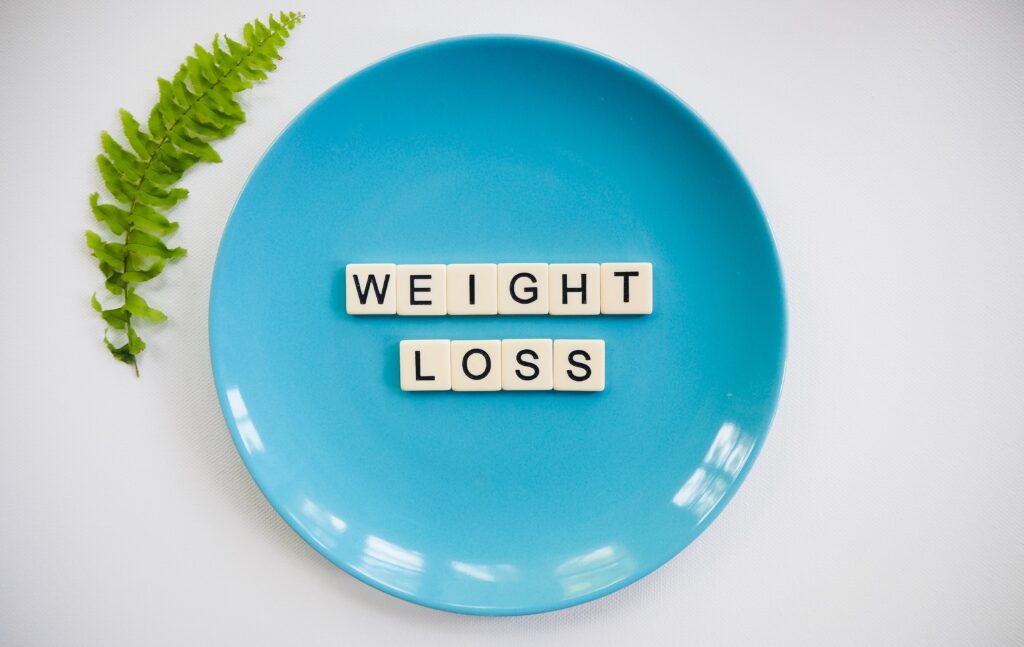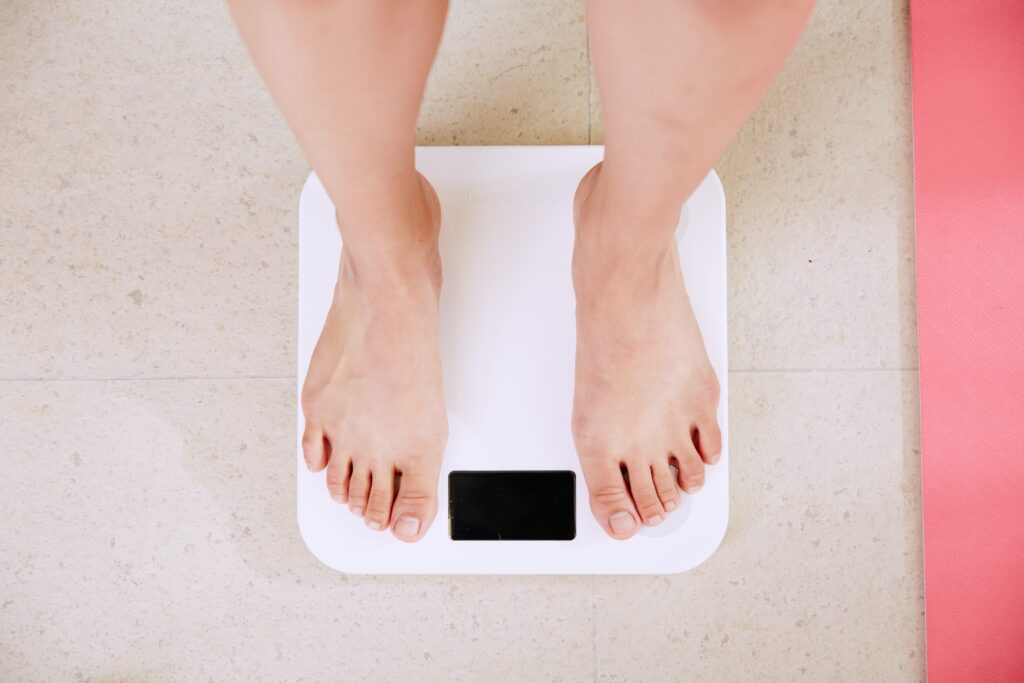Are you looking for a simple and effective way to lose weight without following a strict diet or depriving yourself of your favorite foods? If so, you might want to try the 30–30–30 rule of weight loss, a new trend that claims to offer a balanced and sustainable approach to weight management.
What is the 30–30–30 Rule of Weight Loss?
The 30–30–30 rule of weight loss consists of three components:
– A 30% reduction: in daily calorie intake, which can be achieved by calculating your Total Daily Energy Expenditure (TDEE) and aiming for a 30% calorie deficit.

– At least 30 minutes of daily exercise, which can include any physical activity that suits your fitness level and preferences. Exercise helps burn calories, boost metabolism, and improve overall health.
30 minutes of mindful eating, which involves focusing on your food, chewing slowly, and paying attention to your body’s hunger and fullness cues. Mindful eating can help prevent overeating, control portions, and make conscious food choices.
The 30–30–30 rule is not a strict diet plan, but rather a flexible framework that promotes a holistic and effective weight loss journey. It fosters overall well-being and long-term success by integrating mindful eating, regular exercise, and adequate rest .
How to Follow the 30–30–30 Rule of Weight Loss?
To follow the 30–30–30 rule of weight loss, you need to:
Calculate your TDEE: Your TDEE is the amount of calories you burn in a day based on your age, height, weight, gender, and activity level. You can use online calculators or formulas to estimate your TDEE. For example, if your TDEE is 2000 calories per day, you need to reduce it by 30%, which means you need to consume 1400 calories per day.
Plan your meals: To ensure that you meet your calorie goal and get enough nutrients, you need to plan your meals ahead of time. You can use online tools or apps to track your calories and macronutrients (protein, carbs, and fat). You can also follow healthy eating guidelines such as eating more fruits, vegetables, whole grains, lean protein, and healthy fats. You can still enjoy your favorite foods in moderation as long as you stay within your calorie budget. 
Exercise regularly: To boost your weight loss results and health benefits, you need to exercise at least 30 minutes per day. You can choose any type of exercise that you enjoy and that challenges you. You can also mix up different kinds of exercise such as cardio, strength training, yoga, or HIIT. You can also increase your physical activity throughout the day by taking the stairs, walking more, or doing household chores.
Eat mindfully: To enhance your relationship with food and your body, you need to eat mindfully for at least 30 minutes per day. This means that you need to pay attention to what you eat, how you eat, and why you eat. You can practice mindful eating by:
- – Eating without distractions such as TV, phone, or computer.
- – Eating slowly and chewing thoroughly.
- – Savoring the taste, texture, and aroma of your food.
- – Listening to your body’s hunger and fullness signals.
- – Stopping when you are satisfied but not stuffed.
- – Avoiding emotional eating or binge eating.
- – Being grateful for your food and your body
What are the Benefits of the 30–30–30 Rule of Weight Loss?
The 30–30–30 rule of weight loss has many benefits for your physical and mental health. Some of the benefits are:
- – It helps you lose weight in a healthy and sustainable way by creating a moderate calorie deficit that does not compromise your metabolism or muscle mass.
- – It improves your cardiovascular health by lowering your blood pressure, cholesterol, and triglycerides levels.
- – It enhances your immune system by reducing inflammation and oxidative stress.
- – It boosts your mood and energy levels by releasing endorphins and serotonin.
- – It reduces your risk of chronic diseases such as diabetes, cancer, and Alzheimer’s.
- – It increases your self-esteem and confidence by improving your body image and self-acceptance.

Conclusion
The 30–30–30 rule of weight loss is a new trend that combines calorie reduction, exercise, and mindful eating to achieve long-term success. It is a simple and effective way to lose weight without following a strict diet or depriving yourself of your favorite foods. It also promotes overall well-being and health benefits by integrating mindful eating, regular exercise, and adequate rest. If you are looking for a balanced and sustainable approach to weight management, you might want to give the 30–30–30 rule of weight loss a try.

